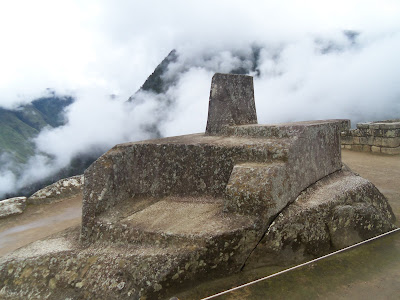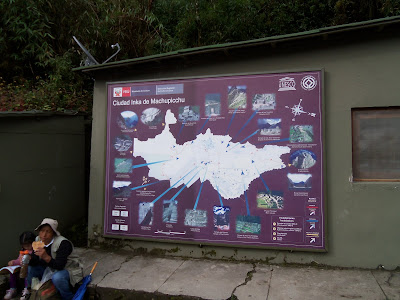 |
| The view from the start of the trail. Machu Picchu was discovered on July 24, 1911 by an American explorer and professor of History named Hiram Bingham. |
 |
| This rock formation is located on the highest part of the urban area. It was thought to be part of the Inca ceremony during the winter solstice. |
 |
| The walls are all constructed without mortar. This one was believed to have been moved by an earthquake. |


















baby Clothing
ResponderEliminarMaternity Bags
Baby Care
Beds/Cots
Toys
Shoes & Sandals